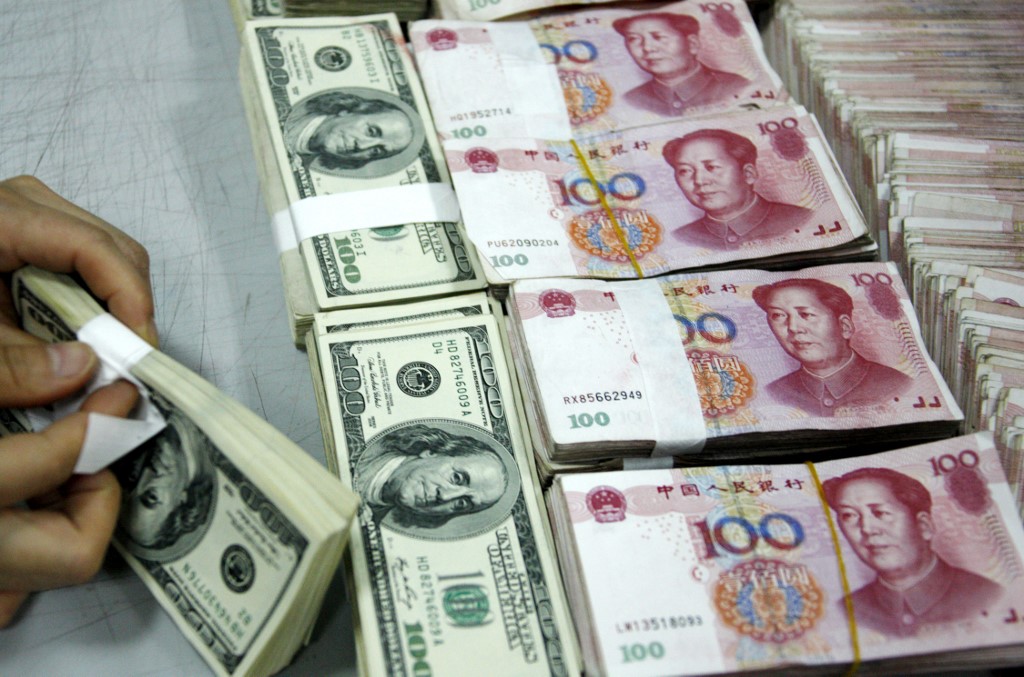(ATF) A renewed coronavirus outbreak in Beijing, with more than 100 infections, has been traced to the city’s largest fruit and vegetable market, Xinfadi, located in the Fengtai district. The virus was reportedly spread from the chopping board of a seller of imported salmon.
Since then, salmon has disappeared from supermarket shelves across China – and demand for pork has risen dramatically.
As on a previous occasion when a cluster of new cases was discovered in China’s far northeast near the Russian border, a near-panic reaction has set in and is hitting stock markets and the Chineses currency.
The People’s Bank of China (PBoC) set yuan parity at 7.0902 on Monday morning, the weakest level since June 5. During the Asian trading day, the CNY weakened further, to 7.0965 at 7pm HK time. The offshore yuan (CNH) was trading at 7.0933 at the time.
A set of major Chinese May data did not help the yuan’s cause. Industrial output rose 4.4% from a year ago, retail sales fell 2.8% and fixed-asset investment dropped by 6.3%.
With retail sales continuing to lag behind industrial output, clearly consumer demand is the Achilles heel of the recovery and a renewed virus outbreak cluster in a major city reinforces consumer demand concerns.
Globally, the Beijing “salmon wave” issue comes on top of grave second wave – or perhaps first wave among a second group of states – concerns in the US, where some 20 states now are showing high levels of new infections.
Asian stocks declined, EU stocks are down and so are US futures. Such risk-off signals, of course, push up US dollar safe-haven demand. On the DXY (dollar index) the USD rose to the 97.2170 level by 7pm – with upside going forward.
My forecast on the yuan, even as Beijing struggles with a new cluster, is for the yuan to stay broadly in the 7.05-7.10 range per USD. China will get the new outbreak under control. The deflationary impact will be counteracted by monetary easing measures, as occurred this morning when the PBoC injected $28 billion into the system and – as I expect – will cut RRR within a matter of days.
























